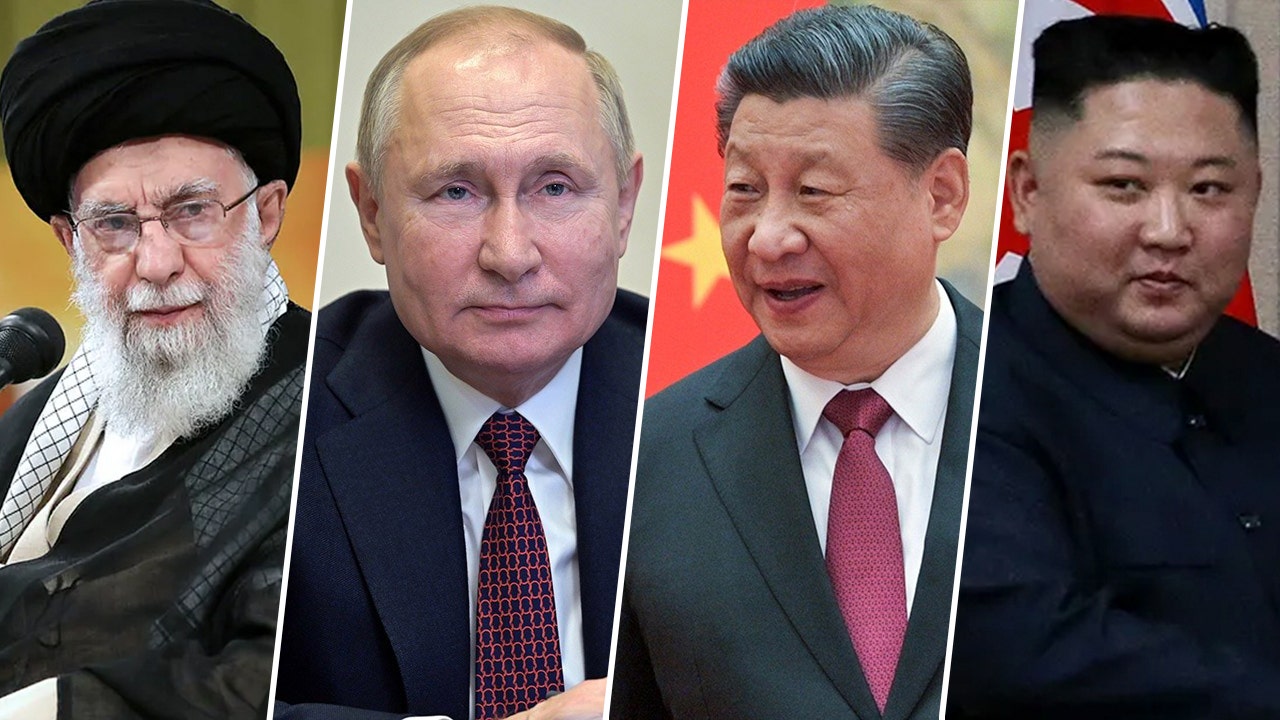Illegal profits from forced labor worldwide have risen to the “obscene” amount of $236 billion per year, the U.N. labor agency reported Tuesday, with sexual exploitation to blame for three-fourths of the take from a business that deprives migrants of money they can send home, swipes jobs from legal workers, and allows the criminals behind it to dodge taxes.
The International Labor Organization said the tally for 2021, the most recent year covered in the painstaking international study, marked an increase of 37%, or $64 billion, compared with its last estimate published a decade ago. That’s a result of both more people being exploited and more cash generated from each victim, ILO said.
“$236 billion. This is the obscene level of annual profit generated from forced labor in the world today,” the first line of the report’s introduction said. That figure represents earnings “effectively stolen from the pockets of workers” by those who coerce them to work, as well as money taken from remittances of migrants and lost tax revenue for governments.
ABOUT HUMAN TRAFFICKING AND HOW TO STAY SAFE FROM DANGEROUS THREATS
ILO officials noted that such a sum equaled the economic output of EU member Croatia and eclipsed the annual revenues of tech giants like Microsoft and Samsung.
Gilbert Houngbo, Director General of the International Labour Organization, is seen on March 25, 2022, in Geneva. Illegal profits from forced labor worldwide have risen to the “obscene” amount of $236 billion per year, the U.N. labor agency reported on Tuesday. (FABRICE COFFRINI/AFP via Getty Images)
Forced labor can encourage corruption, strengthen criminal networks and incentivize further exploitation, ILO said.
FLORIDA SHERIFF: MILITARY, TEACHER INCLUDED IN THOSE APPREHENDED IN MASSIVE HUMAN TRAFFICKING BUST
Its director-general, Gilbert Houngbo, wants international cooperation to fight the racket.
“People in forced labor are subject to multiple forms of coercion, the deliberate and systematic withholding of wages being amongst the most common,” he said in a statement. “Forced labor perpetuates cycles of poverty and exploitation and strikes at the heart of human dignity.”
“We now know that the situation has only got worse,” Houngbo added.
ILO defines forced labor as work that’s imposed against the will of the employee and exacted under penalty — or the threat of one. It can happen at any phase of employment: during recruitment, in living conditions associated with work or by forcing people to stay in a job when they want to leave it.
On any given day in 2021, an estimated 27.6 million people were in forced labor — a 10% rise from five years earlier, ILO said. The Asia-Pacific region was home to more than half of those, while Africa, the Americas, and Europe-Central Asia each represented about 13% to 14%.
Some 85% of the people affected were working in “privately imposed forced labor,” which can include slavery, serfdom, bonded labor, and activities like forms of begging where cash taken in goes to the benefit of someone else, ILO said. The rest were in forced labor imposed by government authorities — a practice not covered in the study,
Some critics have railed against “modern day slavery” in places like the prison system in the U.S. state of Alabama.
ILO experts said that government-imposed forced labor was excluded from the report because of a shortage of data about it — even if estimates show nearly 4 million people were affected by it.
“The ILO certainly decries instances of state imposed forced labor wherever they occur, and whether that’s in prison systems or the abuse of military conscription or other forms or manifestations of state and post forced labor,” said Scott Lyon, an ILO senior policy officer.
While the report said just over one-fourth of the victims worldwide were subject to sexual exploitation, it accounted for nearly $173 billion in profits, or nearly three-quarters of the global total — a sign of the higher margins generated from selling sex.
Some 6.3 million people faced situations of forced commercial sexual exploitation on any given day three years ago — and nearly four in five of those victims were girls or women, ILO said. Children accounted for more than a quarter of the total cases.
FBI FINDS 200 VICTIMS OF SEX TRAFFICKING, 59 MISSING CHILDREN IN NATIONWIDE OPERATION
Forced labor in industry trailed in a distant second, at $35 billion, followed by services at nearly $21 billion, agriculture at $5 billion and domestic work at $2.6 billion, the Geneva-based labor agency said.
Manuela Tomei, ILO’s assistant director-general for governance, told a conference launching the report in Brussels — where the European Union’s parliament is close to finalizing new rules aimed at cracking down on forced labor — that “no region is immune” to the practice of forced labor and all economic sectors are involved.
While countries including the United States were cited at the conference for efforts to fight forced labor, Tomei said the world was “far away” from U.N. goals to eradicate forced labor by 2030.
Valdis Dombrovskis, the executive vice-president of the European Commission, called the ILO findings “shocking and appalling.”
“Forced labor is the opposite of social justice,” he said. “Let me be very clear. Business must never be done at the expense of workers, dignity and labor rights.”




